Actually i have one, one of my favourite bikes of all time virtually unbreakable apart from the plastic's that is.
How much are you asking for it? Commooooon...there's no such thing as not for sale is there?
Just kidding Bob...but seriously, if anyone hears of one for sale I am interested, I strongly believe this represents the best option for building a true adventure bike.
The engine is not the most powerful, especially not for an 800, but it has loads of torque and from very low revs...this makes it a prefect engine for off roading with a mid-weight class and the frame is easy to modify, add sidetanks, single shock and a proper fork with two appropriate wheels...it really would make a serious base.
The weight is going to drop in half just by removing all the comfort stuff...alternatively, taking something like a WR and swapping the engine and swingarm could also be an option, then add tanks etc...
Yes, it is a proper base for a nice adventure bike. Just my opinion of course.
BTW Loop, nitrogen is a lot smaller molecule then oxygen or the even bigger CO2. As such, when heating up significantly the volume change remains smaller then with compressed air (which is a mixture of Oxygen, CO, CO2, N and some other gases in small amounts), or CO2 used to repair the tires (most adequate because of the extreme change in volume from liquid to gas). Having pure N inflating the tires also eliminates any moisture which will also increase significantly in volume besides adding to corrosion.
It is in fact the advantage presented by Nitrogen. The downside is that any tiny porosity that might not let air through could let N through and thus deflate your tire slowly when other gases wouldn't but in modern tires it is not an issue anymore.
Sorry for posting the answer here but I don't want to take anything away from the add...other then try and put it back up onto the daily board by commenting something related. Cheers, Alex.
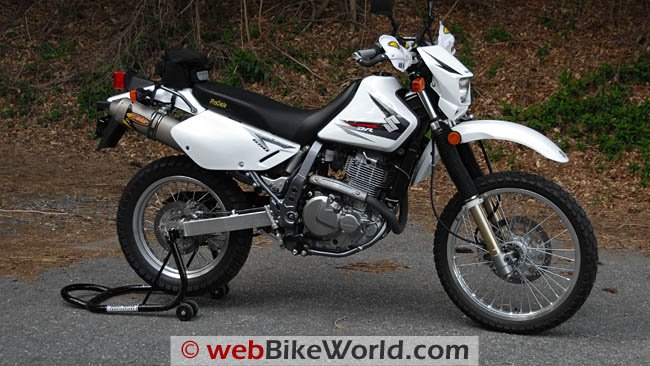



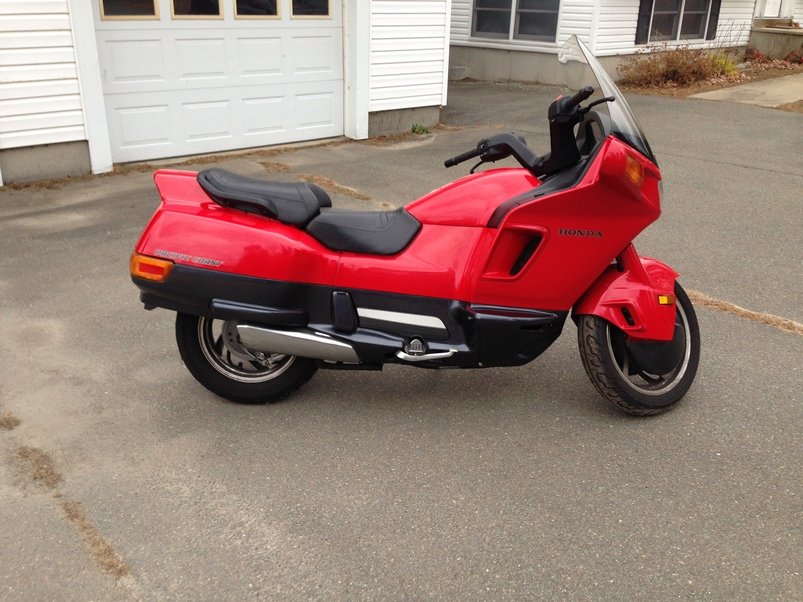
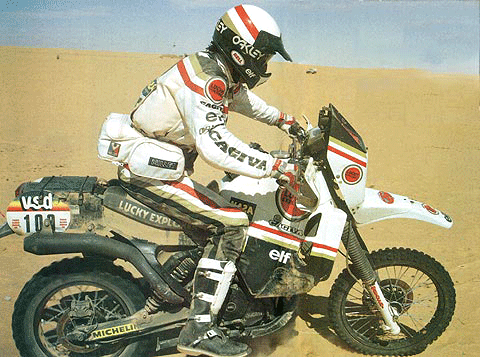
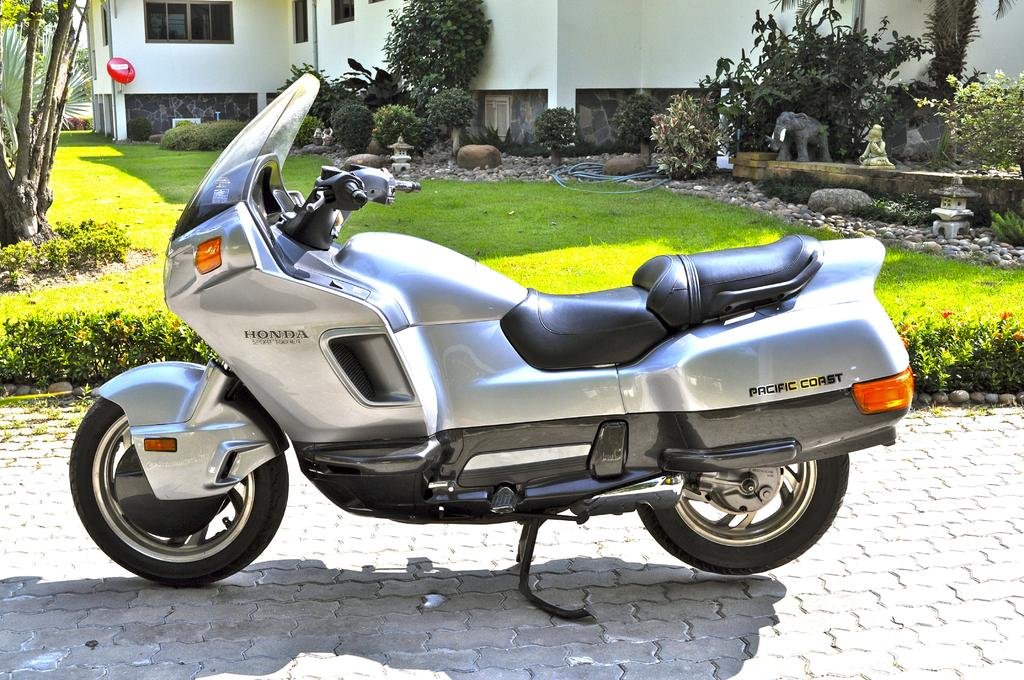
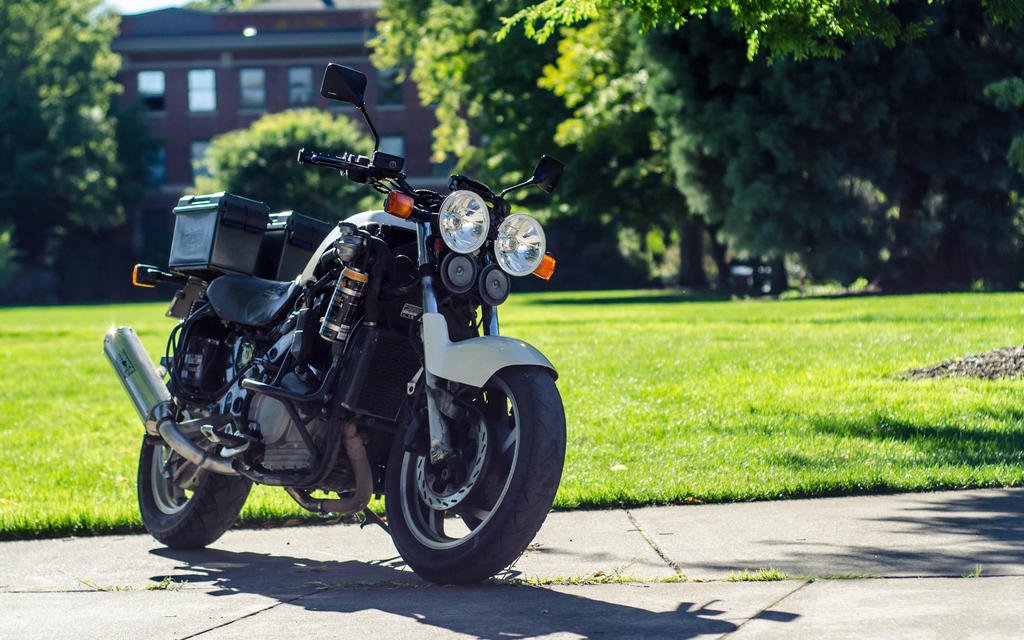
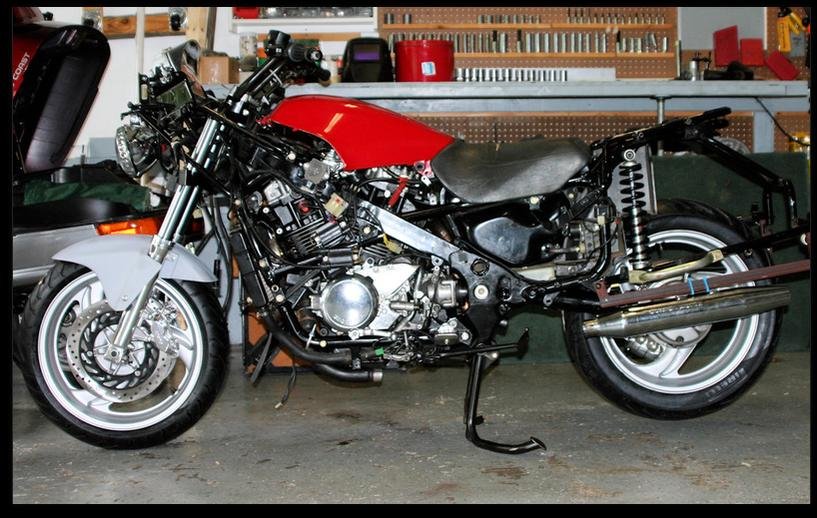
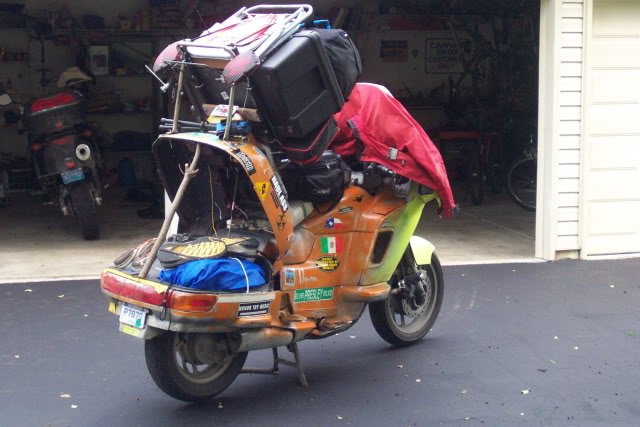

 That's the best advise we can give anyone really...be prepared properly, including the bike. Glad you do it too...and frankly, the average Joe should as well but then again, some wouldn't even know where to start and that's why we get such weird comments about our riding sometimes, don't we...
That's the best advise we can give anyone really...be prepared properly, including the bike. Glad you do it too...and frankly, the average Joe should as well but then again, some wouldn't even know where to start and that's why we get such weird comments about our riding sometimes, don't we...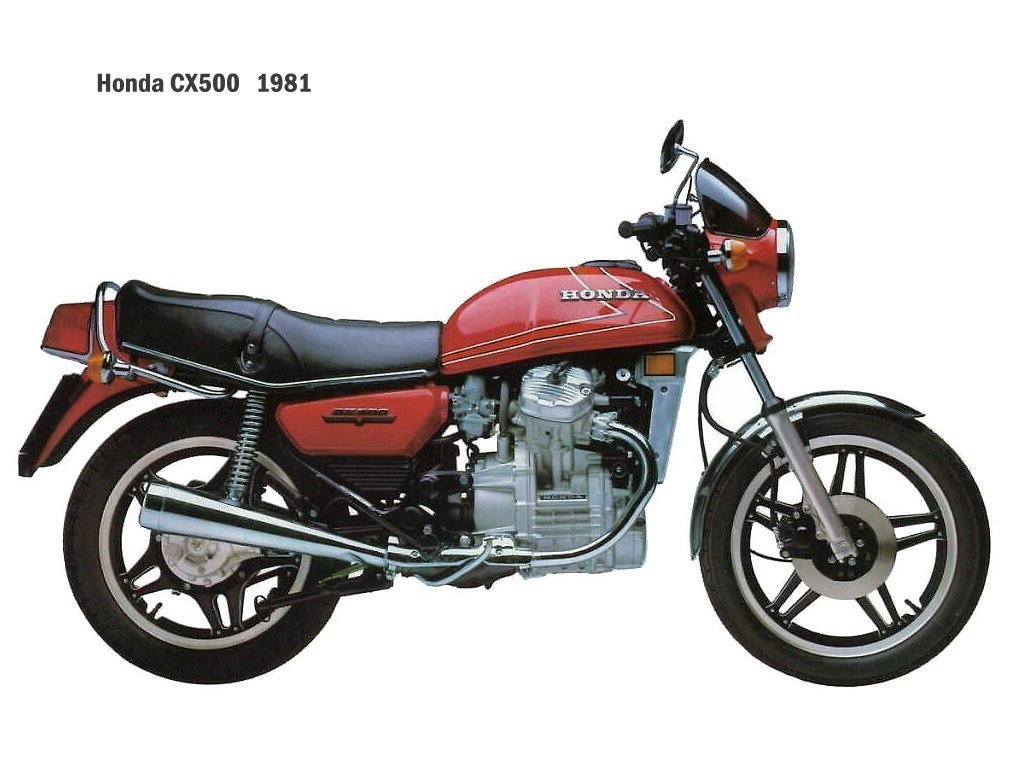
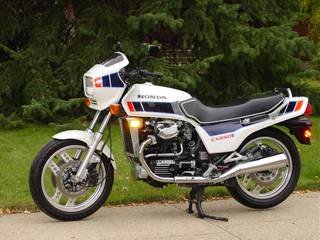
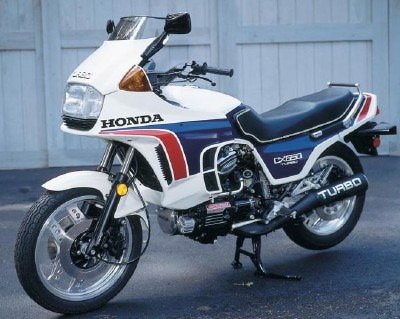
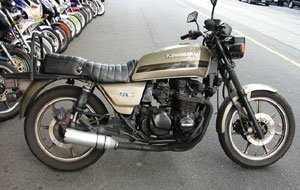
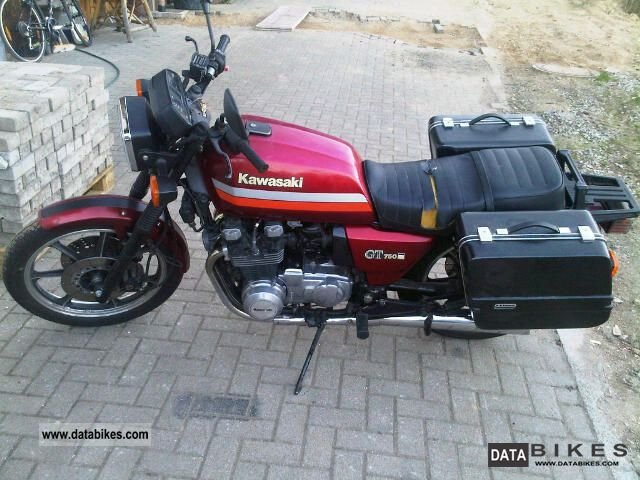
 Well...let's resume:
Well...let's resume: